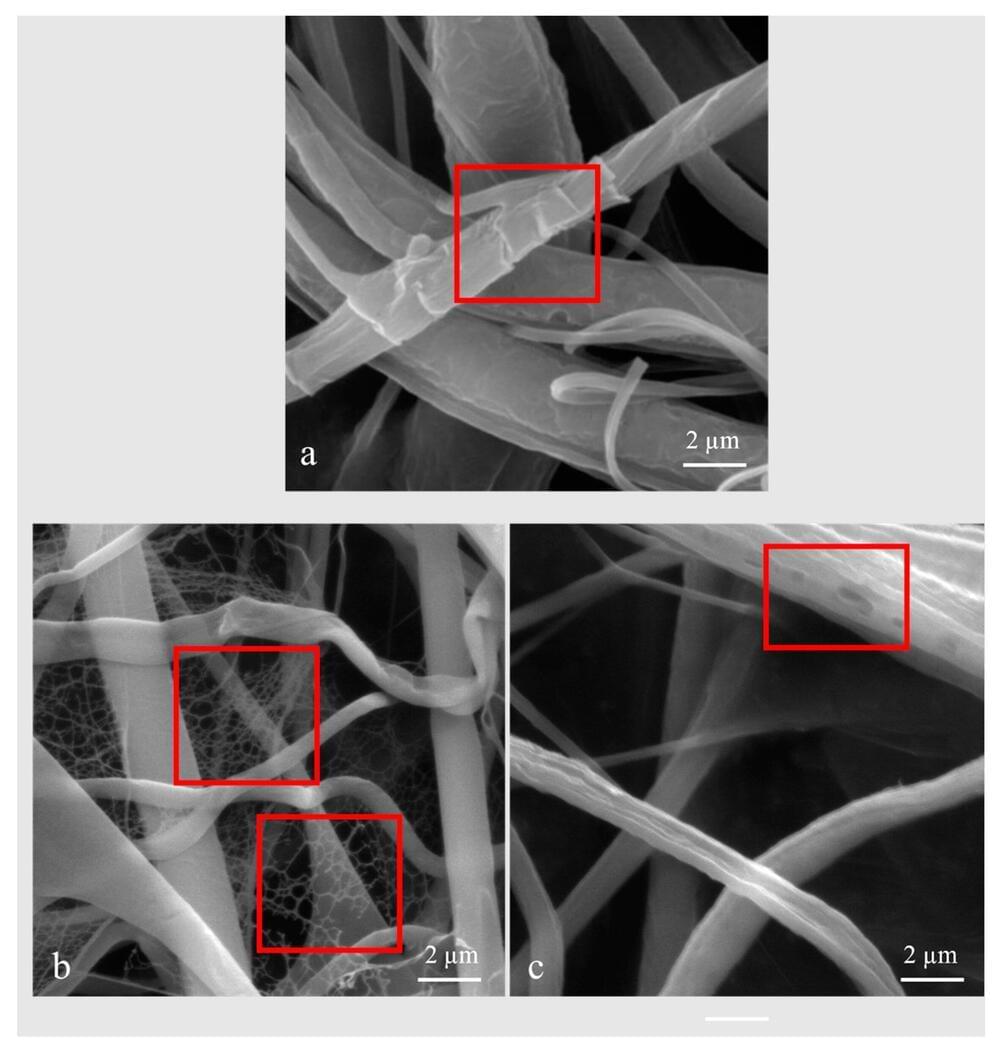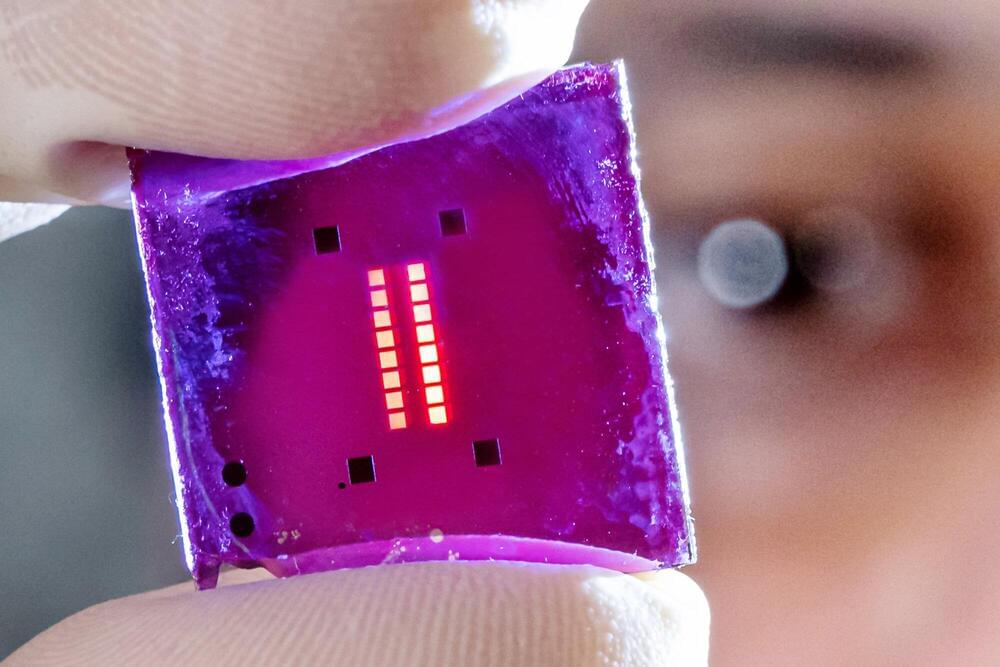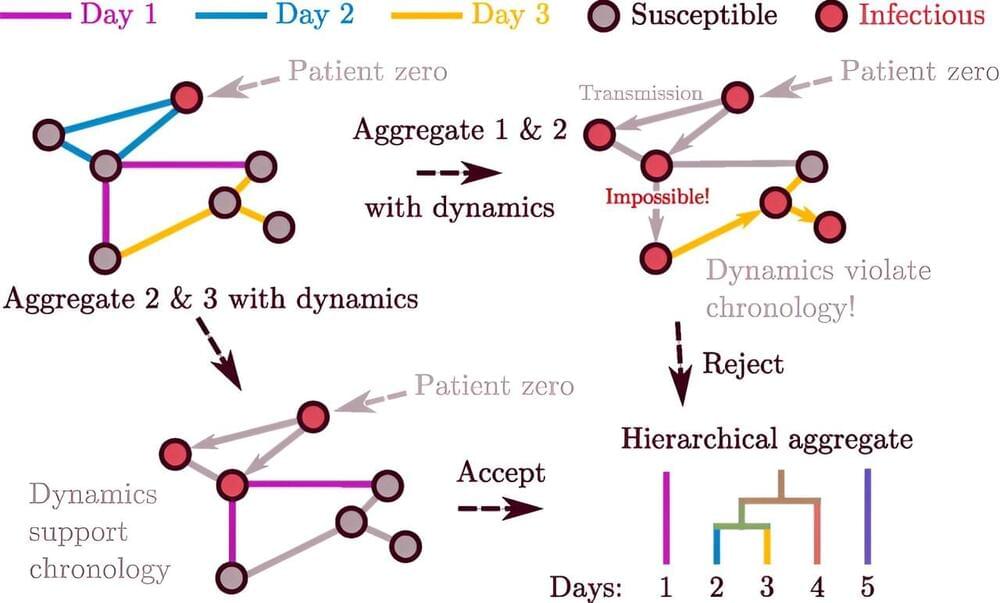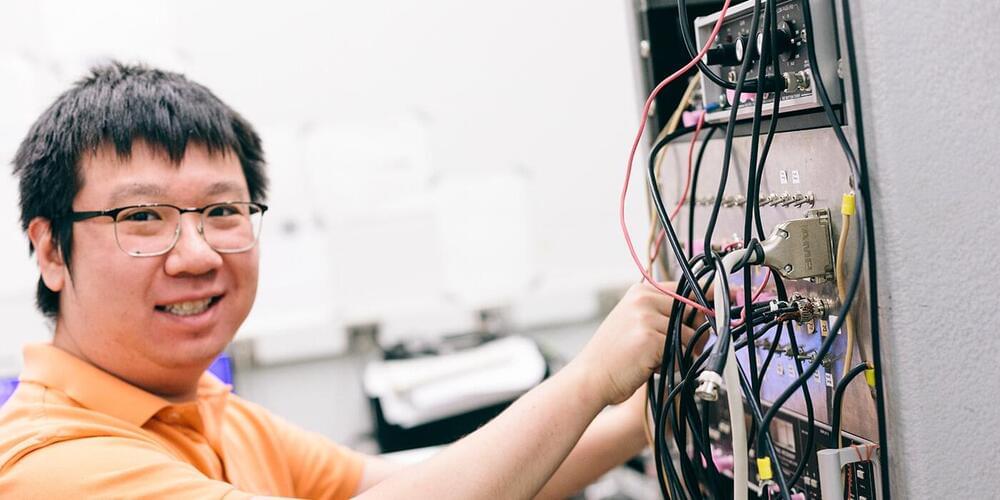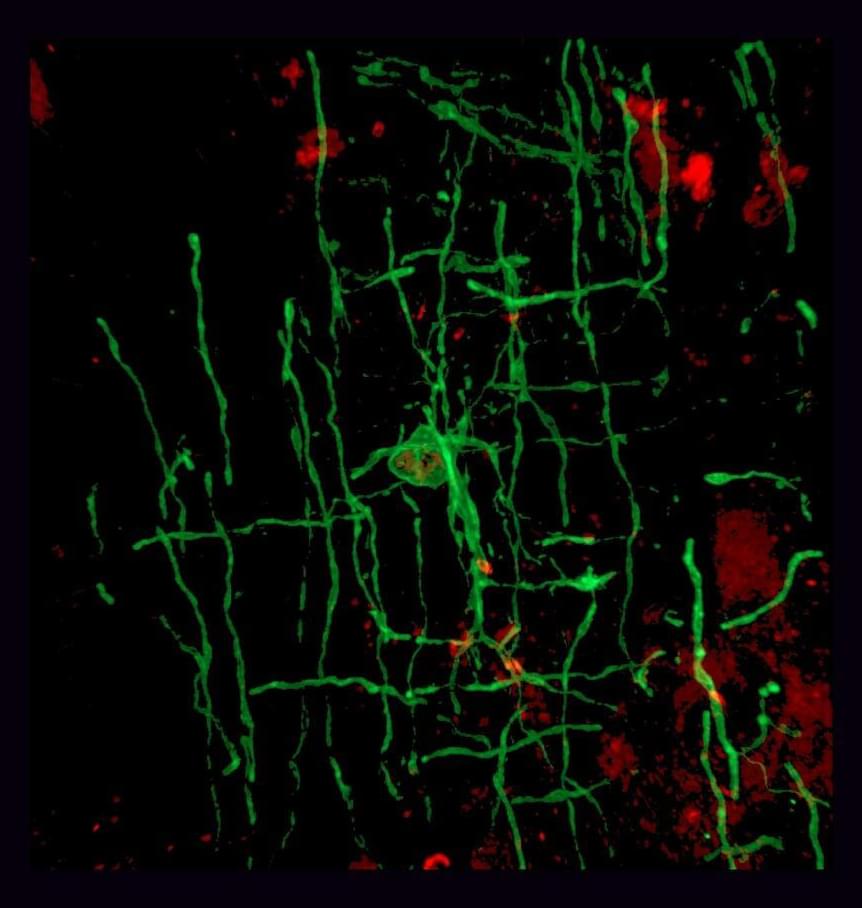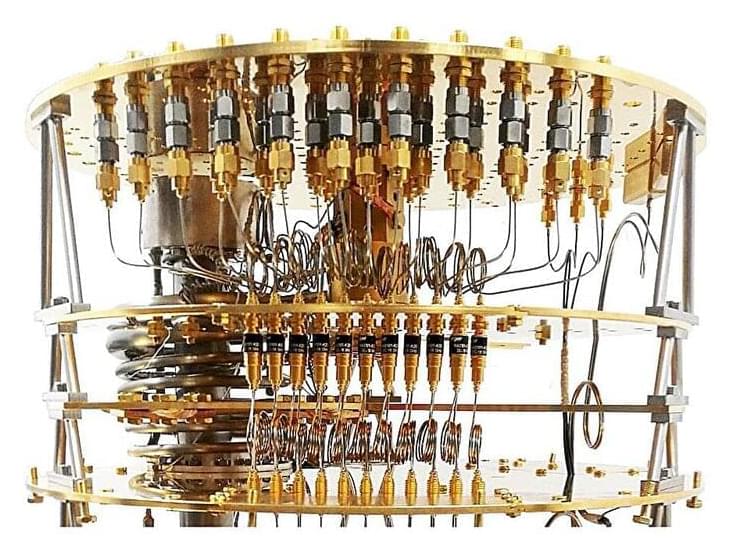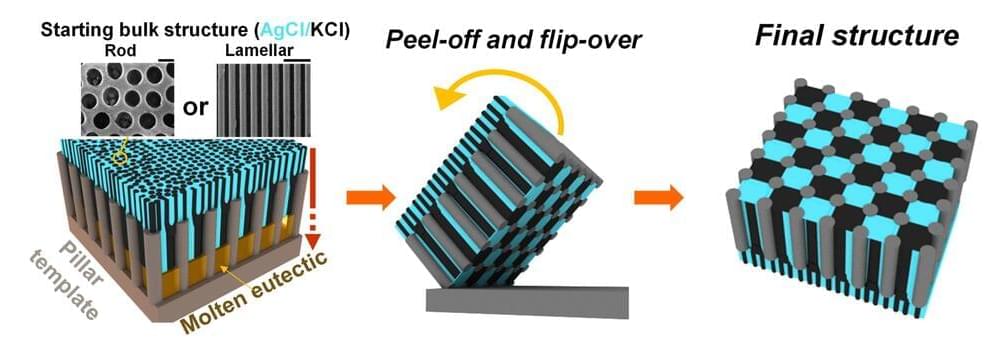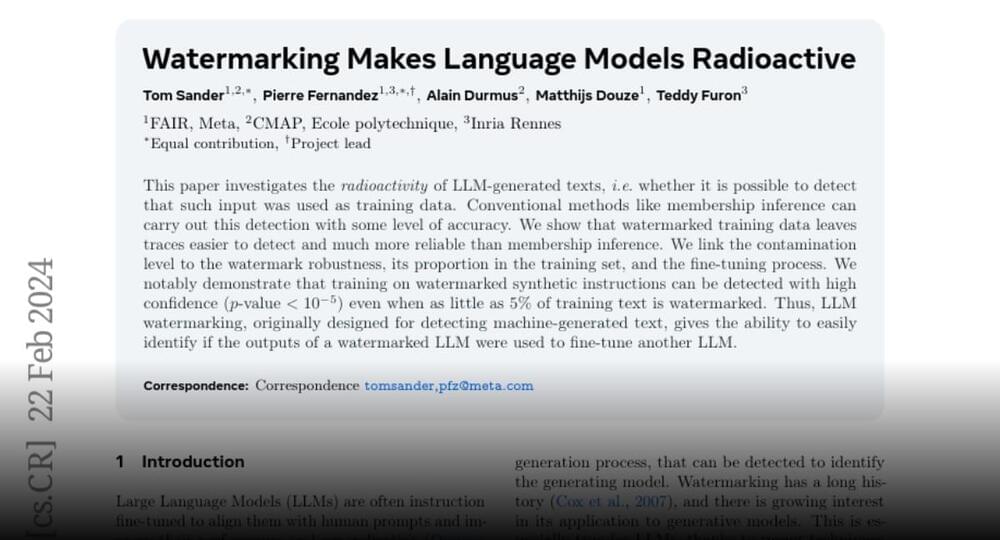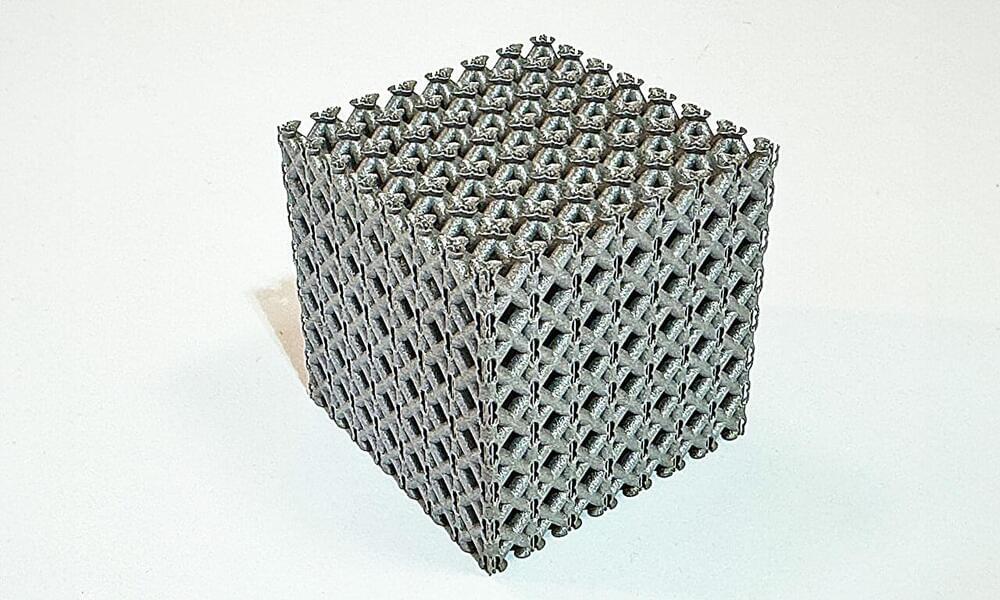Feb 26, 2024
Study shows cloud clustering causes more extreme rain
Posted by Dan Breeden in categories: climatology, computing
Understanding cloud patterns in our changing climate is essential to making accurate predictions about their impact on society and nature. Scientists at the Institute of Science and Technology Austria (ISTA) and the Max-Planck-Institute for Meteorology published a study in the journal Science Advances that uses a high-resolution global climate model to understand how the clustering of clouds and storms impacts rainfall extremes in the tropics. They show that with rising temperatures, the severity of extreme precipitation events increases.
Extreme rainfall is one of the most damaging natural disasters costing human lives and causing billions in damage. Their frequency has been increasing over the last years due to the warming climate.
For several decades, scientists have been using computer models of the Earth’s climate to better understand the mechanisms behind these events and to predict future trends.

